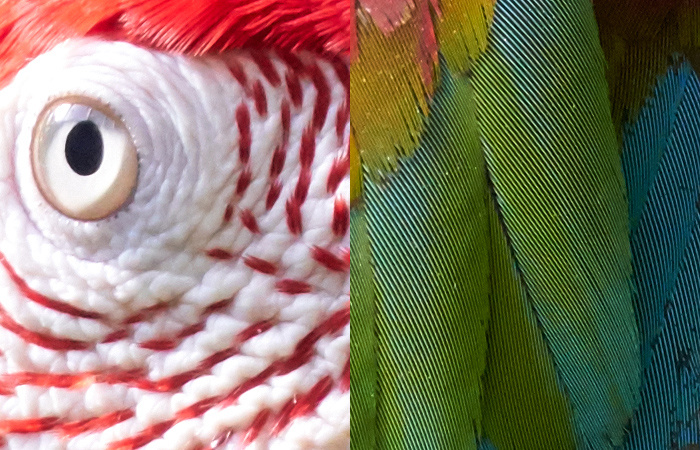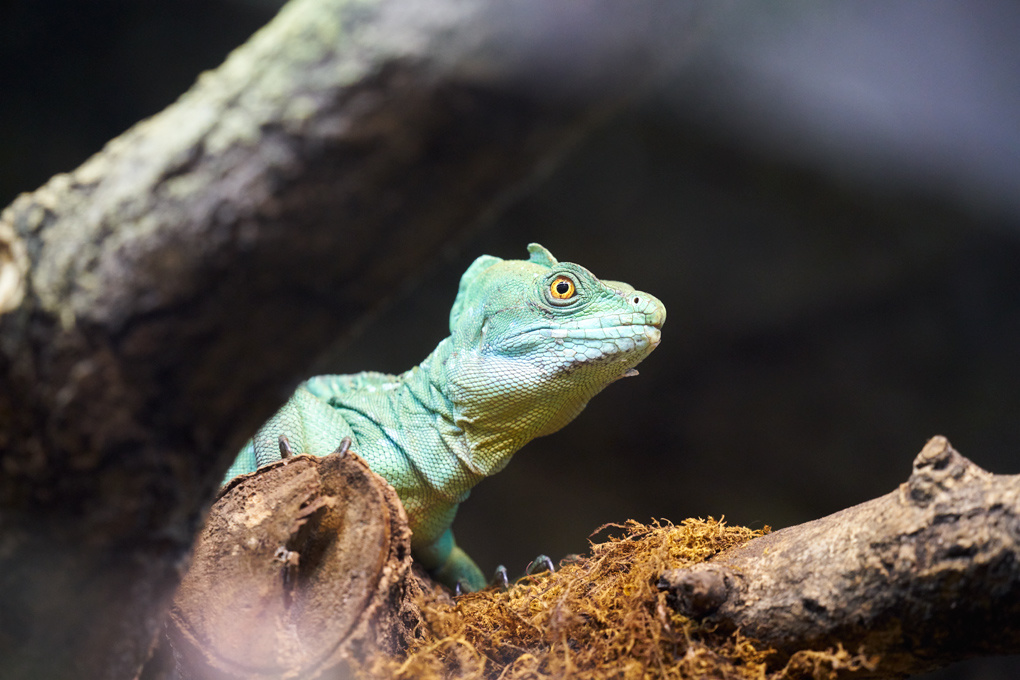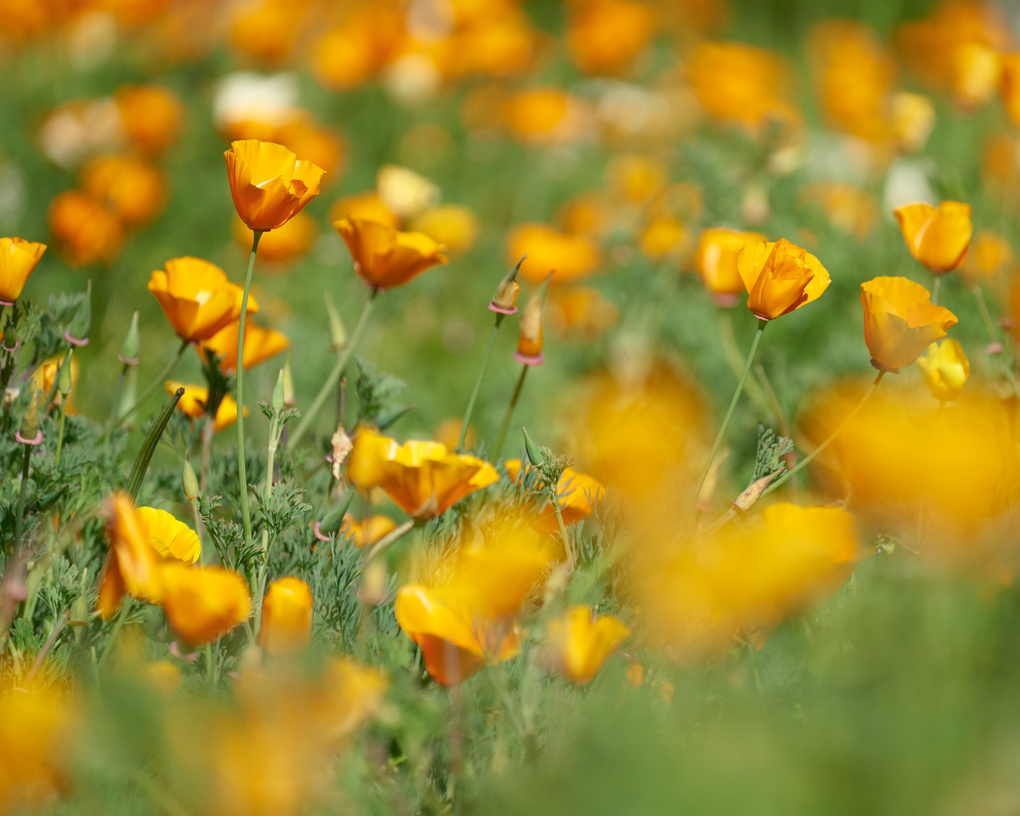If you’re looking for a little more reach with your Sony Alpha mirrorless camera, there is a new telephoto lens coming soon that you may want to check out. Sony announced plans to ship their longest E-mount focal length zoom lens, the FE 70-300mm f/4.5-5.6 G OSS, in May 2016. I had the chance to shoot with the new telephoto mounted to the 42.4-megapixel Sony a7RII, and am happy to share my thoughts on the practical-use aspects of the lens in this article.
First things first, let’s learn a little about what makes up the FE 70-300mm before we move on. Inside you’ll find the lens is constructed with four aspherical and two extra-low dispersion (ED) glass elements, and an application of Sony Nano AR coating to minimize ghosting and flare. In total there are 15 lens elements in 13 groups on board. The new telephoto zoom uses the familiar linear actuator that many Sony E-mount lenses use for smooth, quiet autofocusing. The lens also features Optical SteadyShot (OSS) image stabilization and a nine-bladed rounded aperture. On the outside of the lens there are a few quick-access controls: a AF/MF switch, a focus range limiter switch, an OSS switch, a focus hold button, and a focal length lock switch. All bundled up it’s 3.31 inches in diameter, 5.65 inches long, and weighs 1.88 pounds.
Having used the FE 70-200mm f/4 in my own kit for the past couple years, it was very nice to have that extra reach that the FE 70-300mm f/4.5-5.6 provides. I’ve come to rely on doing a little cropping in post-processing to get the framing I envisioned while in the field because 200mm doesn’t cut it sometimes. With the extra 100mm, I can retain more resolution in my image files. Unlike the 70-200mm f/4 which has internal zoom, the 70-300mm does telescope out a few inches when reaching for the long end of its focal length.
For the foreseeable future, this $1,198 70-300mm will likely be the best deal for most Sony Alpha photographers looking for the most reach. In May 2016, Sony has plans to ship the FE 70-200mm f/2.8 G-Master lens along with 1.4x and 2.0x teleconverters (that are only compatible with said 70-200mm G-Master), but you can bet that lens plus teleconverter combination will be much, much more expensive.

The good news here is that the 70-300mm is a very capable lens. I found this lens to have sharpness on par with the 70-200mm f/4 which I’ve used extensively in my work. Mounted onto the Sony a7RII, the lens had no issue keeping up with the high-resolution sensor. Stopped down to f/8-f/11, where I live most of the time when shooting, lines are as crisp and fine details are not muddied. I’m hard-pressed to find any signs of pesky chromatic aberration in my image files even after shooting a number of different lighting situations.
The out-of-focus areas while shooting wide open with this lens are not all that great. Backgrounds tend to get blotchy and a little bit busy with edges rather than melt away. Even with an optimum shooting situation, with the subject very close to the lens and ample separation from the background, it still doesn’t become all that eye-pleasing. It’s unfortunate, because this is the weakest point I found with the lens. While a variable aperture f/4.5-5.6 doesn’t exactly scream “buttery bokeh,” it’s a little disappointing still.
It’s a game of weight, size, and quality/price however, and this is the product that Sony decided would be the best compromise. As a landscape photographer, I’m still very excited for the existence of this lens. I want my images sharp, and I want them sharp everywhere; this lens gets me there.
Being sharp also means being in focus, and the 70-300mm was a good performer in this area. Photographing small fidgety birds in low light can be one of the most autofocus intensive subjects to work with, and I got just the chance while shooting with this lens. When you are more worried about whether you can freeze a bird with your shutter speed and ISO as the sun is touching the horizon rather than if you can get there in time with focusing, it’s a good sign.
All in all, I think this lens is best suited for the landscape and travel photographer and can see quite a few of them dropping their current FE 70-200mm f/4 to pick up this lens for the extended reach. For action, wildlife, and wedding photographers, the sharpness and autofocus capabilities are there, but I think you’ll have to dig in a bit to see if it’s a good pairing for your particular style.
The Sony FE 70-300mm f/4.5-5.6 G OSS is priced at $1,198 and is available for preorder now.
















Thank you for this first hands-on. I own the Canon 70-300L, I love this lens for traveling light compared to my Canon 70-200 f2.8II IS as well as being able to pack in vertically in most bags.
Canon's version is a fine piece of glass, pretty sharp. However i was not really impressed with the parrots crop shot from Sony's equivalent,, i can't believe its this bad. I was hoping to that i would add this to my Sony travel kit. It would be great if we can see some high-res photos. Thanks !
This crop is indeed quite bad. However, it's 1) wide open and 2) shot at ISO 2500. These are 2 settings that I will not be using the lens for. I would prefer to see a cityscape crop at f8 @ 300mm.
Thanks for sharing! I've owned the 70-200 F4 since it came out and I find it to be superb at F4 through out most of the range, by 5.6 I've 0 complaints through out. No intention with parting it but I am curious about this new offering. The big question for me is 200mm performance, side by side, thoughts on that? Also, this one's just a tad heavier than then the 70-200 F4 yet it offers no collar - this make sense for travel photogs, but for landscape I'd think you'd want that.
Also, I do find the 100% crops above rather disappointing, but no way to tell if it's the low-res uploads or the rendering of the these files on a Retina display?
Thank-you for the review. Just a couple questions - if you are able to answer. How does the image quality compare to the 70-200 F4? Also, where were you focusing in the bird picture. The eye looks a bit soft, but I know the DOF isn't much at 300mm F5.6 - and was curious. Thanks!
For the parrot shots, I believe that the focus was on its shoulder, it's why its face is not super sharp. It's just a little bit out of focus. Viewed normally, I don't even think it would look bad, but indeed, a full res sample would be nice.
As a travel / landscape photographer, I would be more interested in seeing a crop of a cityscape at 300mm at around f8 with iso 100. This parrot shot is wide open with ISO 2500. It's not a great representative of the lens probably.
Would you still recommend this lens for landscape and wildlife photography? Debating about buying it for next trip to the DRC and Rwanda to see gorillas and elephants. Along with using it for capturing the landscape of the area.